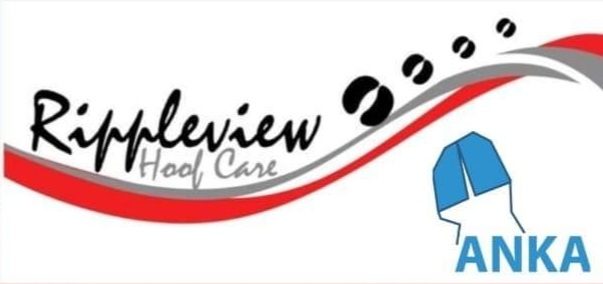We have been hammering away at relieving heat stress on dairy cows for a long time, including how to design, build, modify and manage facilities. Heat stress occurs when the heat generated by the cow and heat received by her from the environment exceeds the amount of heat she can successfully release to her environment. SAAWW is a convenient tool for remembering the critical steps to cut heat stress. • Shade for dairy cattle (any age) reduces the heat load on the animals from direct solar radiation. • Air exchange is necessary when cows are inside a shelter to remove hot, stale, humid air and replace it with fresh outside air. A minimum 1000 cfm air exchange per cow is recommended. • Air moving over cows at a high speed (220 to 440 feet per minute or 2.5 to 5 miles per hour) helps the cow increase the amount of heat she can lose from her body by convective cooling. • Water is essential for a cow’s bodily functions. During heat stress conditions she needs extra water to enhance her cooling by evaporating it from her respiratory tract and the surface of her body. Plenty of clean fresh water to drink is the first step in any cow heat stress relief process. • Water can also be applied to a cow’s skin and evaporation encouraged (sprinkling with a breeze) to remove more heat from her body. Passing air through a wet evaporative cooling pad or a fine water mist from a high- pressure misting nozzle will reduce the air temperature (and increase the humidity). A mild day and a barn with inadequate air exchange (curtains closed or inadequate fans operating) can quickly increase the temperature humidity index (THI) and put a cow under heat stress conditions. The upper temperature of a cow’s thermal comfort zone is usually expressed as about 77ºF. However, the impact of air humidity on the evaporation rate from the cow decreases cooling as humidity increases. This humidity can be a result of a hot, humid summer day or a hot, humid barn due to warm outside temperatures and inadequate air exchange. Cows can and do experience heat stress every month of the year due to poor or nonexistent ventilation systems. A heat stress chart (Figure 1*) illustrates the relationship of air temperature and humidity and their impact on the cow’s stress level. A cow can begin to feel mild heat stress between 70 and 85ºF depending on the humidity in the air. At 80ºF and 80 percent relative humidity (RH) a cow in an under-ventilated, humid barn will feel a similar level of stress as a cow at 100ºF and 15 percent RH under a sunshade in the desert. A dairy that does not respond to warm outside conditions with an appropriate increase in ventilation and drinking water could stress cows any month of the year. Does this happen at your dairy? Use the chart in Figure 1* to learn the combined effect of temperature and relative humidity on heat stress. Humid, warm nights or barns with insufficient air exchange can be as harmful as higher temperatures when the relative humidity is low. PD —Excerpts from Penn State Dairy Digest, April 2007 Robert E. Graves, Agricultural Biological Engineering Extension, Penn State University
Barns
0608 PD: Same old SAAWW!
BUYER'S GUIDE
VISIT OUR BUYER’S GUIDERippleview Hoof Care Ltd. provides complete hoof health service to U.S. and Canadian dairy producers. We also are dealers for the all stainless Anka hydraulic trim chutes.
Since 1992, Extrutech Plastics, Inc. of Manitowoc, Wisconsin has become a world leader in the production of sanitary, easy to clean wall and ceiling panels, stay-in-place concrete wall forms, partition walls, doors, custom products for the agricul...




